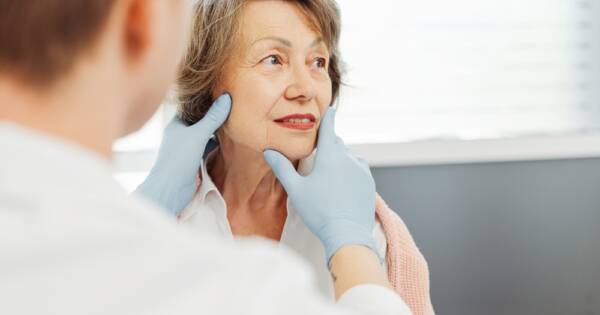With so many options out there, picking the best cat food can be overwhelming. We all want to feed our pets nothing but the best to ensure they live long and happy lives, but how do you know you’re providing the best nutrition for your feline? This guide will break down the important ingredients for cat diets, which ingredients to avoid, and some of the top-rated cat food brands on the market right now.
The Healthiest Cat Food Options
Feeding your feline friend the healthiest cat food is an essential step in supporting their long-term health and well-being. Cats are obligate carnivores, meaning they require certain nutrients derived from animal products, such as taurine and arachidonic acid to maintain optimal health. The healthiest cat food is high in protein and moderate in fats, with minimal carbohydrates. This diet aligns with the cat’s natural dietary tendencies, similar to their wild relatives.
When selecting cat food, make sure it meets the standards set by the Association of American Feed Control Officials (AAFCO). This organization defines the essential nutrients for cats, including carbohydrates, proteins, vitamins, minerals, and fats to ensure nourishment. Additionally, consider your cat’s life stage and any health conditions they might have, such as urinary tract issues or food allergies. For these situations, consult a veterinarian to develop an appropriate diet plan.
Understanding the Different Types of Cat Food
There are several types of commercial cat food, including dry (kibble), wet (canned), and homemade diets categorized based on content. Each type has its advantages and challenges. Dry food is convenient and affordable but often contains higher carbohydrates than is ideal. On the other hand, wet food offers a nutrient profile closer to a cat’s natural diet, with a high moisture content critical for hydration and digestion.
For cats with specific dietary needs like Diabetes or kidney disease, wet foods with high moisture content can be beneficial. Raw diets, though popular, pose risks of bacterial contamination and require professional veterinary guidance. There are also special blends for indoor cats, active cats, hairball control, and more. Homemade diets should only be considered under the direction of a veterinary nutritionist to ensure balanced nutrient intake.
Portion Control and Feeding Schedules
Deciding between free feeding and scheduled feeding significantly impacts a cat’s health. Free feeding allows for convenience but can cause overeating and obesity if portions are not well-controlled leading to weight management issues. Conversely, scheduled feedings provide structure, assist with portion control, and can be helpful when feeding multiple cats with different dietary needs.
Automated feeders can help maintain consistency, especially for households where feeding times might not always be predictable. These devices dispense predetermined portions, aiding in weight management and allowing for the personalization of dietary restrictions. Consider the location and setting of your cat’s feeding station as well. Ideally, it should be a quiet, low-traffic area separate from litter boxes and water sources, enhancing a stress-free eating environment.
Consulting a Veterinarian for Dietary Guidance
Veterinary consultations are invaluable when selecting the healthiest diet for a cat’s age, lifestyle, and health conditions. Vets can offer recommendations on proper nutritional balance and may suggest prescription diets tailored to specific health issues. They also provide oversight on a cat’s ideal weight and how to achieve it through dietary adjustments.
Regular check-ins with a veterinarian can help identify evolving needs as a cat ages, like adapting diets for senior cats which require easily digestible food to support their overall health. The role of a veterinarian cannot be overstated in managing any health conditions that may arise due to dietary incompatibility or the need for a special diet.
Why You Should Learn More About Cat Food Today
Understanding the nutritional needs and appropriate dietary choices for cats is essential for pet owners invested in their cat’s health. A balanced diet enriched with suitable nutrients supports growth, maintains health, and enhances your pet’s quality of life. Whether opting for commercial food or a more personalized diet, it is pivotal to consider factors such as protein and fat content, the presence of essential nutrients, and how the food is structured around the cat’s lifestyle and age-specific needs.
Consulting with veterinary professionals ensures a well-rounded approach to nutrition, addressing any health concerns or dietary modifications needed. By educating themselves on the healthiest cat food options available, pet owners can make informed decisions that contribute to the long-term wellness of their furry companions.





